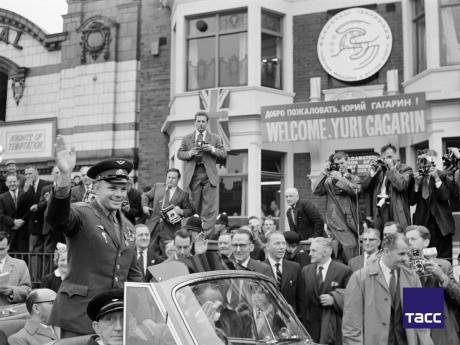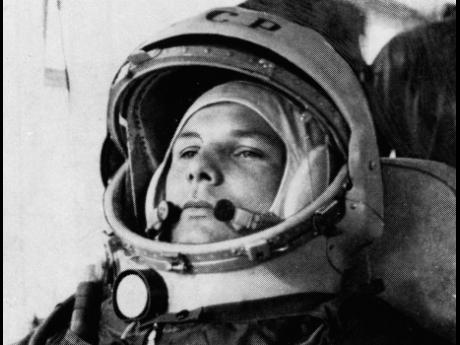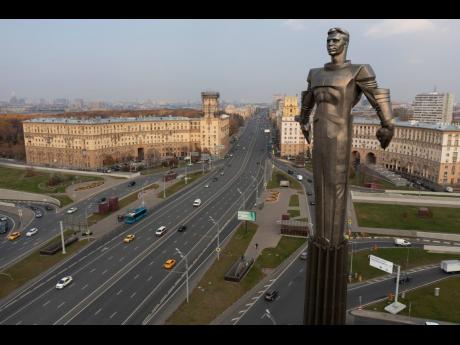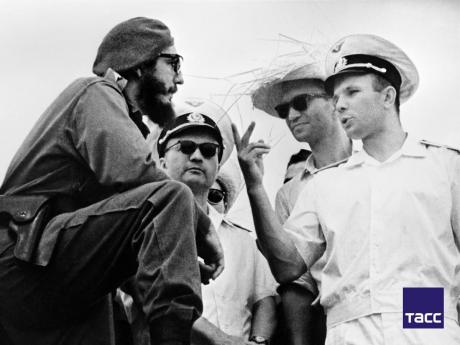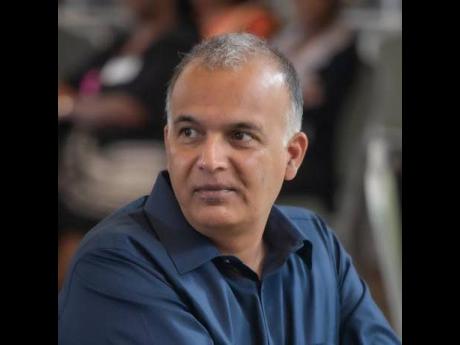Breaking into the final frontier
Celebrating six decades of mankind’s first flight to space by Yuri Gagarin
Look up into the skies. Its vastness intrigues us all, and the billions of unknowns in the skies and the universe – lurking in the darkness, hiding behind vortexes. Space has been, and remains, an enigma for mankind and has inspired science to be on a quest to constantly push the boundaries and science fiction to push imagination. From spaceships to intergalactic voyages, warriors, and villains alike, man’s imagination has adorned them on the celluloid screen.
But we are talking about science and its triumph today.
It is the ‘60s,The Beatles are walking down Abbey Road, technology is analogue, televisions are powered by diode tubes, ‘remote’ is an unexplored corner on planet earth, people are getting excited about dialling long distance straight without going through the operator. In today’s parlance, these things may sound like sending smoke signals, but they were building blocks of where technological innovation has reached today.
In all the conundrum happening around the world, history was also about to be made in Baikonur Cosmodrome, a spaceport in southern Kazakhstan (erstwhile USSR). In the summer of 1960, there was a rush on to put the first man in space between the United States and the Soviet Union. Both superpowers were determined to outdo each other and launch a manned mission. By April 1960, designers at Sergei Korolyov’s design bureau, then known as OKB-1, had completed a draft plan for the first Vostok spacecraft, Vostok 1K. This design would be used for testing also. Their plan included Vostok 2K and Vostok 3K, which would be used for all six manned Vostok missions.
FIRST MAN IN SPACE
On April 12, 1961, at 9.06.59 a.m. Moscow time (yes the military clockwork and precision with time, too), Vostok 1 lifted off, carrying Yuri Alekseevich Gagarin, orbited the Earth once in one hour and 29 minutes at an altitude of 301 kilometres. At 10:25:4 a.m., the retrograde rocket engine automatically activated for a ballistic descent in the atmosphere. At an altitude of seven kilometres, Gagarin ejected from the descent vehicle and, at 10:53 a.m. Moscow time, he landed in a field to the south of the town of Engels, Saratov region.
Yuri Gagarin, that day, became the first human to travel in space.
“The significance of this April 12, 1961, game-changer first manned flight into space cannot be overestimated,” said Vladimir Vinokurov, ambassador extraordinary and plenipotentiary of the Russian Federation to Jamaica. “Vostok spacecraft’s breakthrough into the near-space opened a new era for the human civilisation and made a colossal impact on the progressive development of humankind.”
On August 7, 1961, Gherman Titov, another Soviet cosmonaut, became the second man in orbit during his Vostok 2 mission, and by June 16, 1962, the Soviet Union had launched a total of six Vostok cosmonauts, two pairs of them flying concurrently, and accumulating a total of 260 cosmonaut-orbits and just over 16 cosmonaut-days in space. Gagarin’s flight unveiled in a new era in space exploration and research.
In July 1969, the United States sent their mission to the moon. Apollo 11, carrying Neil Armstrong, Michael Collins, and Edwin Aldrin Jr, landed on moon. Armstrong became the first man to step foot on the Earth’s satellite.
HUMANITY’S HOME IN THE ORBIT
The rivalry between the United States and Russia was to evolve in a landmark moment when five space agencies NASA (United States), Roscosmos (Russia), JAXA (Japan), ESA (Europe), and CSA (Canada) collaborated to launch the International Space Station (ISS) in 1998. For the last 23 years the ISS, also called humanity’s home in the orbit, has been at the focal point of scientific research and exploration.
“Russia, being a leader in space exploration, is pursuing a consistent policy line at the UN Committee on Outer Space to ensure equal access of states to outer space,” Ambassador Vinokurov said. “Our country has provided assistance to a number of states in launching manned flights into orbit. We are confident that cooperation in space exploration should remain one of the unifying areas on the international agenda.”
Back to Yuri Gagarin and his feat. Not only did he etch his name in history, he became a global hero.
“Today, Yuri Gagarin’s name is associated with heroism and dedication for people all around the globe,” Ambassador Vinokurov said. “Ten years ago, the UN General Assembly declared April 12 as the International Day of Human Space Flight at Russia’s initiative.”
Gagarin never made it to space again. He spent his life and career training other pilots. His life was cut short on March 27, 1968, when Gagarin, along with pilot Vladimir Seryogin, died during a routine training flight after the MiG-15 jet fighter they were flying crashed. Gagarin was 34.
“After Gagarin’s tragic death in 1968, his body was cremated and his ashes interred in the walls of the Kremlin as a sign of the highest acknowledgement of his contribution to the future of human civilization,” said Aleksei Sazonov, head of the consular section at the Embassy of Russian Federation to Jamaica.
As for human civilization, we have come a long way, but if it wasn’t for the grit, determination, and constant quest to innovate, a lot of science fiction has become reality... we may soon be asking ‘Scotty to beam us up’... but in any event, we need to preserve and take care of the only planet we have.
“Orbiting Earth in the spaceship, I saw how beautiful our planet is,” Gagarin said. “People, let us preserve and increase this beauty, not destroy it!”
- Background information courtesy Embassy of Russian Federation in Jamaica. Photo courtesy TASS. amitabh.sharma@gleanerjm.com or Twitter @amitabhs

